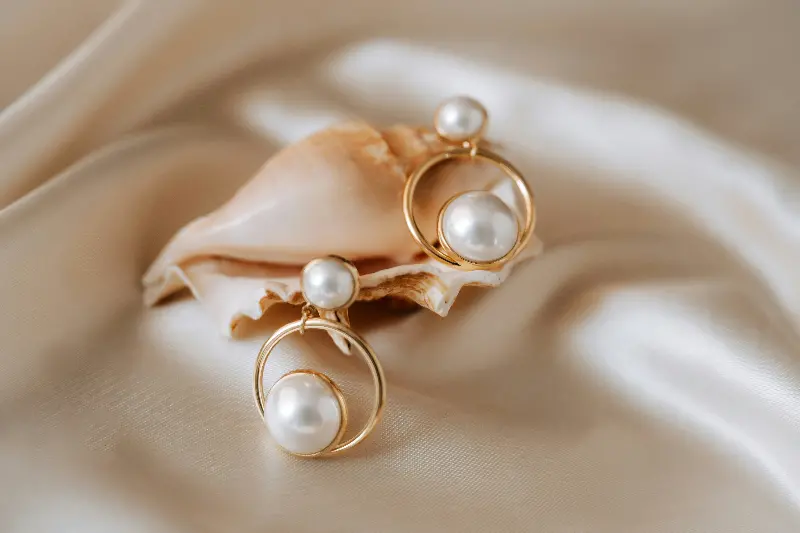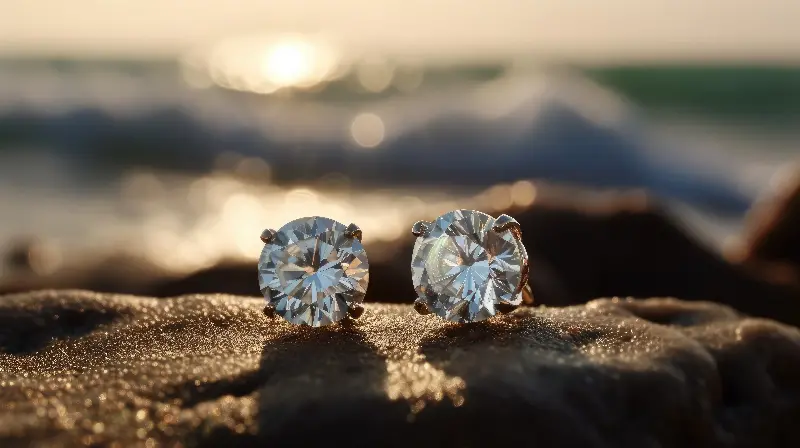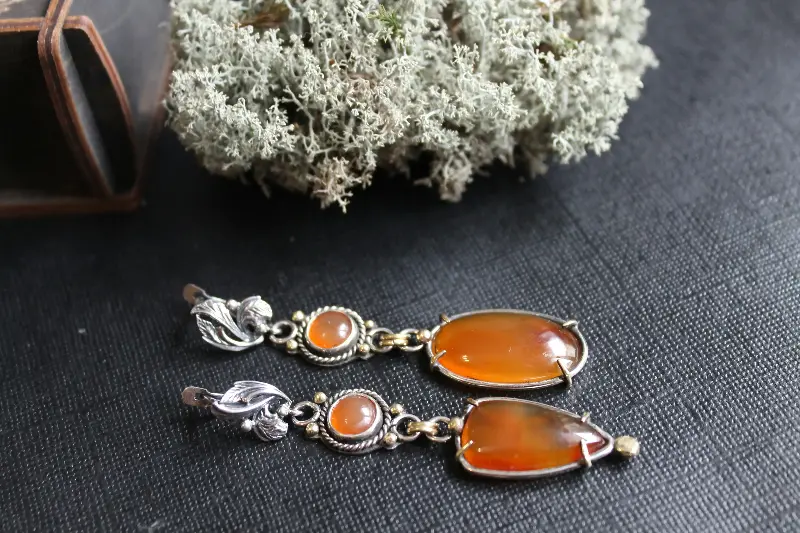Earrings have long captured the attention of men and women alike, spinning stories that thread through history, society, and personal identity. As more than mere decorations, earrings have been silent witnesses to dramatic moments, signifiers of status, and symbols of rebellion. Let’s uncover the fascinating tales woven into these tiny treasures, and discover why this accessory remains a cultural and style mainstay across generations.

A Historic Journey Through Cultures
Earrings trace their earliest known origins back to ancient Mesopotamia, where both men and women adorned themselves with gold hoops as statements of wealth and prestige. Archaeological records show that this accessory was already present around 2,500 BCE, marking the journey of earrings across civilizations.
In ancient Egypt, earrings held similar meaning, signifying prosperity and social ranking. Royalty often boasted extravagant designs in gold, decorated with gemstones that were believed to contain protective properties. In Greece and Rome, earrings became a favorite among the elite. Greek artworks from the 5th century BCE showcase intricate gold and pearl earrings, elevating their wearers' status.
East Asia, too, embraced the tradition. Samurai warriors in feudal Japan wore earrings as symbols of character and honor. Meanwhile, in India, earrings took on deep spiritual significance and were gifted as part of key life events such as births and marriages. Even today, babies in India often have their ears pierced in ceremonies believed to ward off bad luck.

Symbolism Carved in Metal and Gemstone
More than a shimmer or a glint of jewel, earrings have always carried meaning. Across ages and regions, their significance has ranged from symbols of power to expressions of personal faith.
During the Renaissance, earrings experienced a revival among European men, many of whom wore a single earring as a sign of nobility and daring. Shakespeare and Sir Francis Drake were among the icons who famously sported a single pearl or gold hoop, merging fashion with a message of worldliness and adventure.
Victorian England, with its rigid codes of modesty, saw earrings wane briefly, only to be revived by advances in hair styling and the popularity of updos that showcased the ears. Earrings then morphed into tokens of love: suitors gifted elaborate designs to declare affection and devotion.
In some African cultures, earrings remain markers of clan identity, age, and marital status. The Maasai of Kenya and Tanzania stretch their earlobes with heavy beaded earrings, celebrating beauty and maturity. In other societies, like the Hmong people of Southeast Asia, hoop earrings are tied to ancestral traditions and spiritual beliefs.

Rebellion and Transformation: The Earring as Statement
Earrings often reflect the shifting sands of culture and societal values. In the 20th century, men wearing earrings became associated with counterculture movements—most notably punk, hip-hop, and rock. What was once a royal or religious mark now signaled nonconformity and self-expression.
Women for centuries saw their right to wear certain earrings dictated by social rules—pearl studs for the wealthy, hoops for the working class. Over time, earrings came to represent freedom from these restrictions, as pioneers like Josephine Baker and later Madonna redefined the power of unapologetic accessorizing.
Today, earrings are worn by all, regardless of gender or social standing. They’ve become a powerful medium for telling personal stories—whether through a minimal gold stud, bold statement chandelier, or a curated mix that says more about personality than any words could.

Traditions and Ceremonies: Marking Milestones
Earrings play a role in some of the world’s most significant life events. In Latin America, the tradition of “arracada”—giving gold earrings to newborn girls—highlights the blend of Spanish and indigenous heritage. The moment of a first ear piercing is a rite of passage in many families, often accompanied by celebrations or special blessings.
In Europe, the tradition of gifting earrings to mark birthdays, weddings, or anniversaries remains popular, affirming bonds of love and connection. In modern Jewish culture, it’s common for girls to receive their first earrings after the bat mitzvah, symbolizing a step towards adulthood.
Even sailors once relied on earrings for luck and superstition. Wearing gold earrings was believed to ward off evil spirits at sea and sometimes even served as payment for a proper burial should the worst befall them far from home.
Earrings in the World of Fashion
Design and fashion trends have always influenced the evolution of earrings. From the dainty art nouveau drops of the early 1900s to the bold geometric shapes of the 1980s and the return of mix-and-match minimalist studs today, earrings have continued to adapt to the shifting tastes of each era.
What stands out in recent years is the breaking down of gender barriers. It’s increasingly common for men to experiment with ear jewelry, just as women incorporate bold, sculptural pieces into their everyday look. Social media now showcases creative ear “curations”—a mix of piercings and earring styles on one ear—encouraging individual flair over traditional pairing.
Contemporary jewelry designers often draw inspiration from history, incorporating ancient symbols, ethical materials, or innovative techniques to create modern classics that nod to the past.
From their ancient origins to their unceasing popularity today, earrings remain an accessory full of secrets, significance, and surprising stories. Whether worn as a celebration, a statement, or simply for style, earrings truly are timeless—and their legend continues to grow with every person who slips one on.
